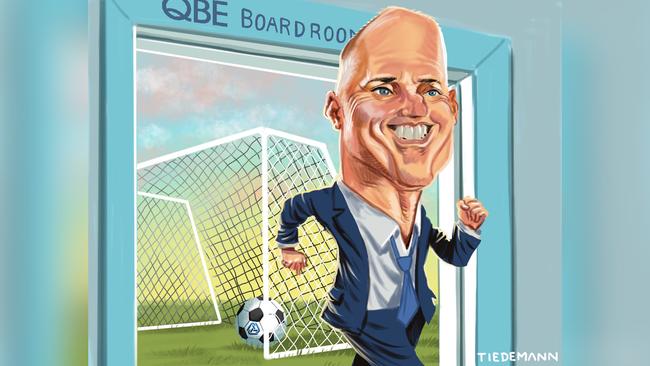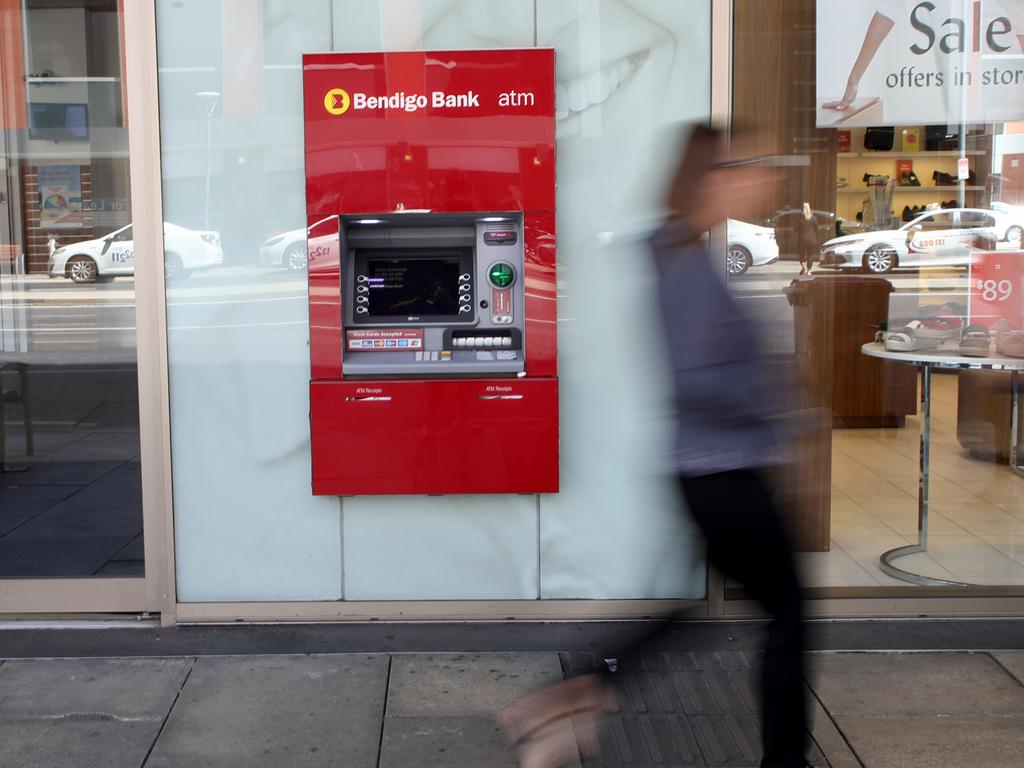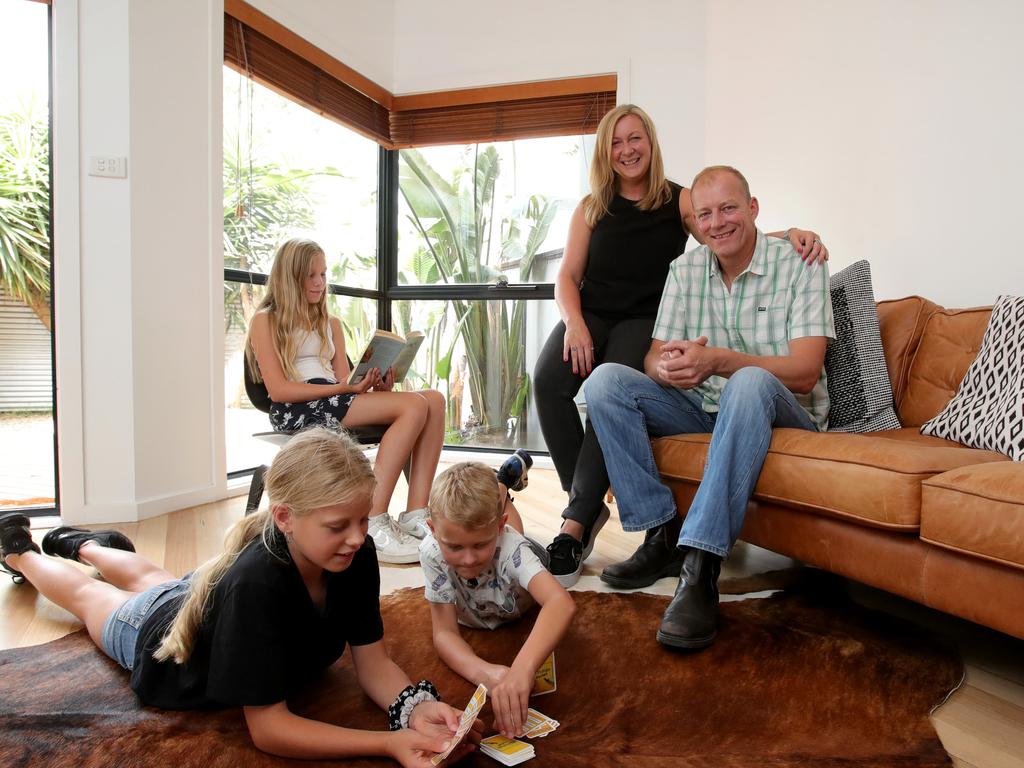
QBE boss Pat Regan has a stinking black eye from his weekend soccer match but would have felt better by the end of Monday, with his stock price at a seven-year high of $14.75, with the market crediting him with a revival of the business.
He quipped, in Monday’s briefing, that the eye was due to his first meeting with his new chair — former IAG boss and AMP chair Mike Wilkins — but in fact it was just an opposing player in the way of the ball.
One of his reforms was ironically enough learned six years ago as chief financial officer at Aviva in the UK, where his then chair and the new Westpac boss, John McFarlane, taught him the benefits of cell reviews.
The idea is to break the company into 100 underwriting cells and each quarter talk with the top underwriters about progress and where the business is going.
Operationally, Regan has the company performing well under his so-called Brilliant Basics program and, combined with a strong investment performance and price rises, has boosted hopes for future earnings even if 2019 saw returns disappoint.
The market’s view now is that, US crops, Australian bushfires and floods aside, QBE finally has its act again and is back on track.
Pricing helps and third-quarter premium increases of 7.2 per cent were backed up 9 per cent price gains in the fourth quarter, and all of sudden QBE looks to be in control of its destiny — at least as much as any insurer can be given the lack of control over catastrophes.
Climate control is one of the things Regan is trying to do something about through measures like banning new coal investments, cutting company travel by 20 per cent last year and now having a third of all meetings on video link-ups.
This year he is forecasting a combined operating ratio (claims and costs over premiums) falling from 97.5 per cent to between 93.5 per cent and 95.5 per cent on an investment return of up to 3 per cent.
A broken cheekbone might keep him off the soccer pitch a week or two, but didn’t stop him talking up the stock price.
Rio powers ahead
Exhibit 101 on how business is a country mile ahead of Canberra on climate change was Monday’s news from Rio Tinto that it is spending $98m to power its new Koodairderi iron ore mine with solar power.
It will take 100,000 panels on 105ha complete with a “a new 12MWh battery energy storage system in Tom Price that will provide spinning reserve generating capacity to support a stable and reliable network”.
The impact of the project will be the equivalent of taking 28,000 cars off the road. Rio said the work was the start of a longer-term project to power its sites with renewables.
The solar-powered mine will save some 90,000 tonnes of carbon against 3.2 million for the Rio Pilbara operations.
Ballintine pleads guilty
Former NewSat boss Adrian Maxwell Ballintine has pleaded guilty in the County Court of Victoria to one “rolled-up” charge of authorising the making of a false or misleading document required by or for the purposes of the Corporations Act.
Ballintine was a former client of departing EL&C Baillieu corporate boss Steve Macaw.
NewSat collapsed in 2015 with about $800m owing, including $200m in shareholder funds, $US300m to the US Exim Bank and another $US80m to its French equivalent.
ASIC said in a statement the charge against Ballintine carried a maximum five years jail and the court was adjourned with a date for sentencing yet to be set.
Bendigo’s dividend cut
The last time Bendigo and Adelaide Bank cut its dividend was in the wake of the GFC in 2009, which shows the importance of Monday’s 4c-a-share cut in dividends to 31c a share.
The decision was also a hallmark of this reporting season, which on the numbers from AMP’s Shane Oliver has seen some 18 per cent of companies reporting cutting dividends, with another 30 per cent on hold and just 52 per cent increasing.
In 2019, 77 per cent of companies increased their dividends, which is what boards do when they are confident about the future.
The impact of bushfires and the coronavirus on economic growth in an already volatile geopolitical outlook has clearly resulted in yet more caution.
Jeffries analyst Brian Johnson figures that given the headwinds facing the bank — like a slow economy, fall in net interest margin, increased regulatory risk and increased shares on issue — maybe the bank should have cut dividends by more.
The increased shares come from the $300m capital raising, which is seen as a wise move and — maybe given the dangers ahead — well timed.
The equity raising amounted to 6.5 per cent of issued capital and will lift its capital level to a respectable 9.81 per cent.
Bendigo boss Marnie Baker takes a different view, thinking all of the above are industry-wide issues. But she comes to the table with a couple of positives, starting with the fact customers seem to think Australia’s fifth-largest bank is actually different.
This was evident last half with total lending growth above system, residential lending up 7.7 per cent against industry growth at 2.5 per cent, and small business lending up 15.6 per cent.
Costs are also up, including staff increases resulting in a 7 per cent, or $17.9m, increase in costs to $273.5m.
So far the bank has not had to wear the royal commission remediation costs faced by the big four, which means its remediation expense dropped from $16.9m a year ago to $3.9m last half.
Some $57.8m in costs for the bank to apply to APRA for Advanced Accreditation were also written down as the bank decides what to do with the application.
This is only a portion of the cost involved in the exercise.
It has long argued the big four get a huge cost advantage by being able to set their own risk criteria by virtue of the advanced rating, but APRA is working to narrow the difference and boss Wayne Byres has said there will not be a meaningful difference. He is yet to release details of the new rules to underline the point.
The gap was as much as 35 basis points but has narrowed to 25 basis points and Baker may yet conclude it’s not worth the problem to proceed.
This said, the systems work to get accredited still put the bank in a better risk control position than otherwise.
The interest margin will be under pressure in part because the bank has a spread of some 40 basis points between its front and back books, which means its new customers get a better deal than existing ones.
This is driven in part by the need to offer better terms to compete with the majors.
In all it’s a tough fight but Baker continues to push Bendigo’s potential as “Australia’s bank of choice”.







